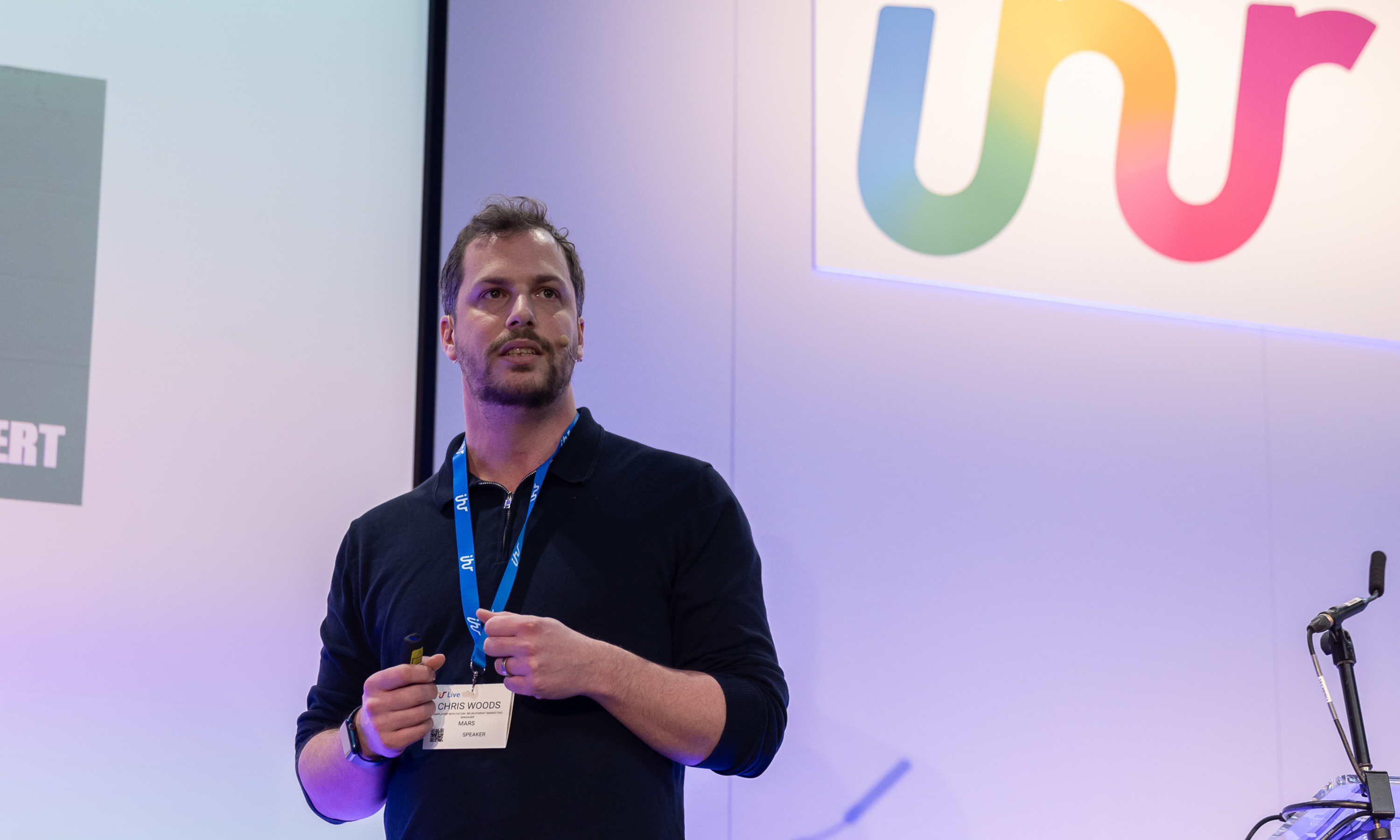Neurodiversity refers to the diversity of human minds, the infinite variation in neurocognitive functioning. It is estimated that around 1 in 7 people in the UK have some kind of neuro difference.
This includes people with Autism, Attention Deficit Disorder, Dyslexia, Dyspraxia and a range of other sensory and/or information-processing differences.
Only 32% of the 700,000 autistic people in the UK are in paid employment, despite 77% of people with autism expressing a desire to work. When asked 50% stated that the biggest thing that would help them into employment would be more support and understanding.
As you would expect with any diverse workplace, hiring Neurodivergent colleagues can bring lots of useful insights and perspectives that could otherwise be overlooked. It’s worth remembering that there’s great diversity within the neurodiverse community. For an employer not to recognise this is simply ignoring a valuable, and sizeable talent pool. By not being inclusive, you’re not only limiting your access to amazing candidates, you’re also limiting your current employees’ ability to work effectively.
Over 1.9 million adults have ADHD within the UK…
That means the likelihood of managing, working with or being one of those adults is huge. Without working aids and adjustments, neurodiverse behaviours can be misunderstood and mislabelled by employees and colleagues. So understanding how someone works best will not only have a positive impact on how they get the job done, but also on how the rest of their team works with them.
For example, someone with ADHD may struggle with time management and staying organised. So, they might benefit from:
● Having meeting actions emailed to them once concluded
● Being the one to take notes – this can sometimes be helpful as this will keep them engaged during long meetings
● Being able to use fidget toys/aids* which could help them self-soothe and maintain focus for long periods of time
*People with dyslexia for example may prefer to use software to dictate their work, whereas those with auditory processing difficulties may opt to use closed captions or read transcribed meetings.
One other important thing to remember is that neurodiversity is a spectrum, much like the adaptations and adjustments that can be made. What works for some neurodiverse people might not work at all for others.
So how do you tackle accessibility for your neurodiverse employees?
Firstly, be open to asking questions. What are their specific needs? How can you as a company support them?
Secondly, create an environment that fosters and invites feedback. Suggestions allows people to be open and honest about their needs – and that’s the first step in helping you accommodate them.
Finally, when thinking about the accessibility of a physical location, consider noise and lighting, too. Is the environment likely to be overwhelming to those with sensory and/or information-processing sensitivities? Can a quiet hour or quiet room be designated for those who need it? Is there access to noise cancelling headphones which allow people to self-regulate in potentially overwhelming situations. Are both audio and visual resource options available? And is it clear who people can speak to if they have questions around accessibility and adjustments?
Remember, there isn’t a checklist you can complete that will accommodate everyone’s specific needs. And the more you learn, the more you’ll make it easier for neurodiverse people to put their talents to work.







